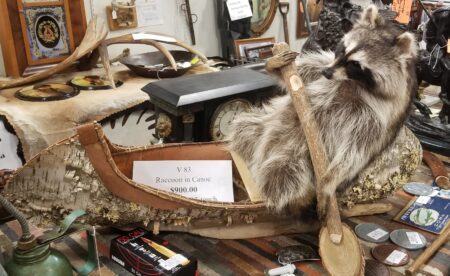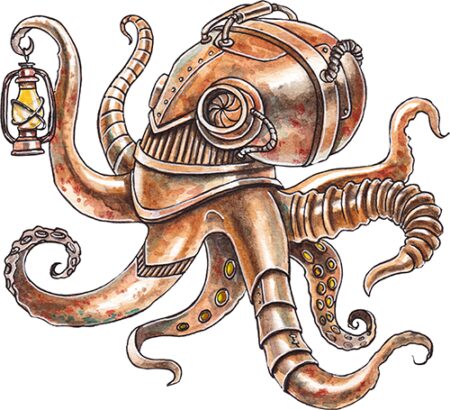Luna Moth Cocoon and Pupae
I found a large cocoon lying on the ground which I later identified as a luna moth cocoon. I kept it for a few months but nothing hatched. I opened it with scissors. The cocoon was made of fibers/silk. Inside was a pupae that had died.
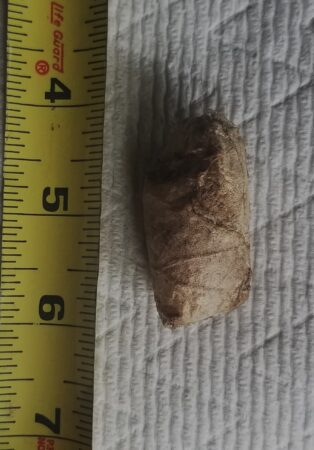
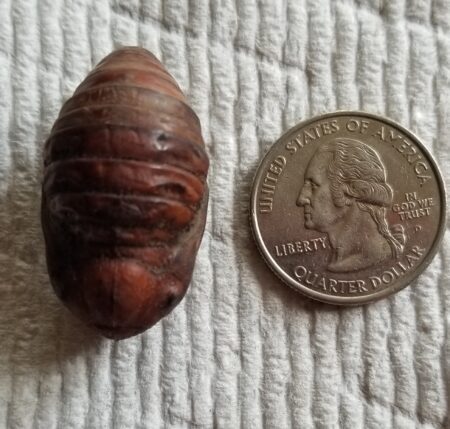
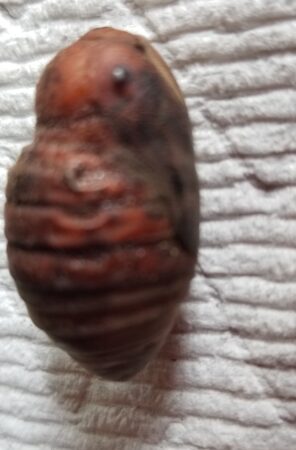
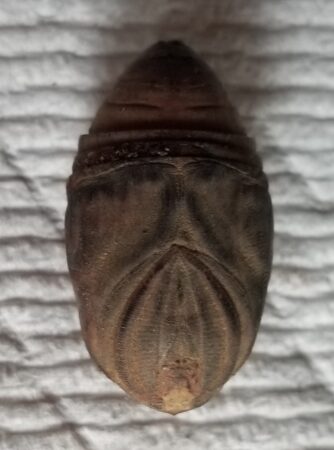
Yellow Globelet Snail
I have not seen a terrestrial (land) snail since I was a kid. We used to call them wood snails. I picked up a board off the ground at my daughter’s home in Arkansas and discovered a Yellow Globelet Snail (Mesodon clausus) on the underside of the wood. The snail was crawling on the board. I placed the snail on a leaf so he/she (most land snails are hemaphrodites) could be seen more easily in the photo. Many snail species are endangered with lots of possible causes which need more study: loss of habitat, pesticides, herbicides, other invasive species, and even salt that we put on the roads during snow/ice storms. I turned this snail over on his back and watched as he/she quickly flipped themselves over.
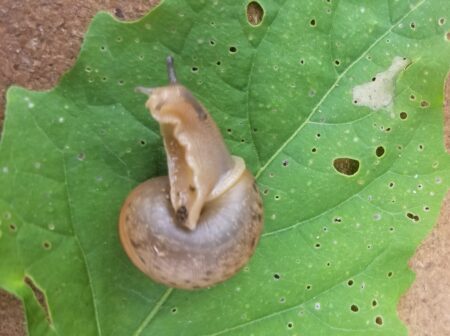
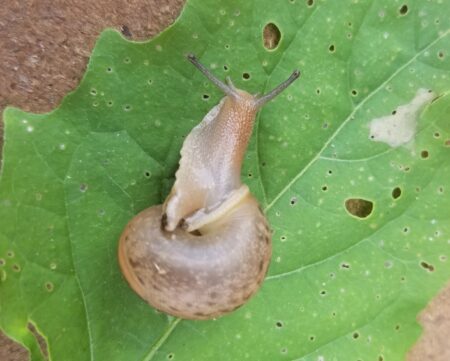
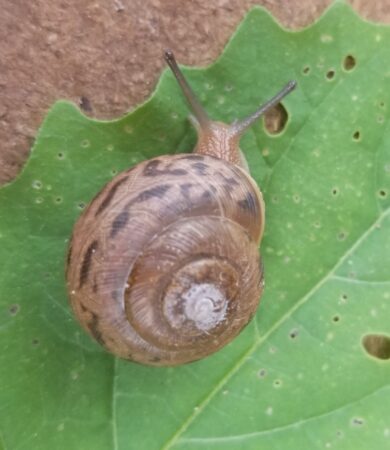
Yellow Globelet Snail
Big Pencil
I saw this at a rest area on I-80 in Iowa.

Fungus Schmungus #4
I saw these mushrooms growing on a dead tree while walking the dog. They are called Dryad’s saddle or pheasant back mushrooms. They are edible. Here are two links to videos:
Foraging for Dryad’s Saddle/Pheasant Back Mushroom
How to cook Pheasant backs & Ramps (Dryads Saddle & Wild leeks)
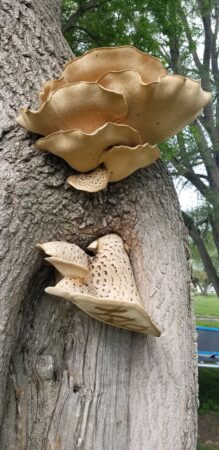
RETAIL YOUR DOG?
Does your dog need a bath? Or possibly a new tail?

Turkey Attack
I was taking my son to a dental appointment when we saw two wild turkeys in a parking lot in the middle of the city. When I stopped the car they ran to us, circled the car and pecked at it (probably seeing their reflections)
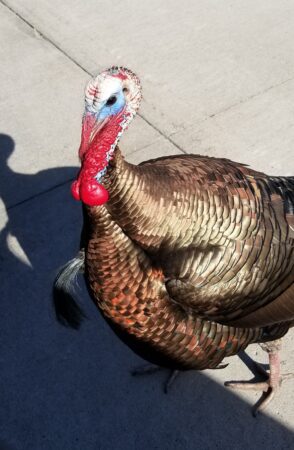
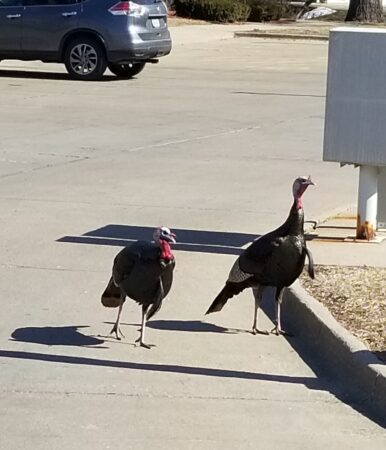
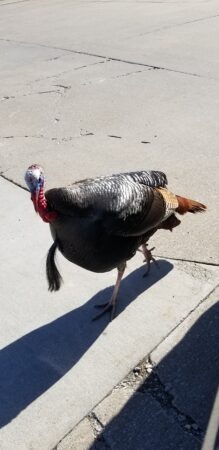
Happy Saint Pat’s Day
No pinching this gal.
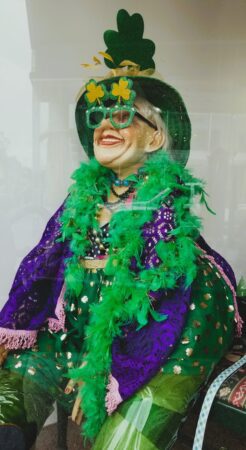
The Candler Oak
A live oak is a species of oak that keeps it’s leaves during the winter months. The live oak pictured is the famous Candler Oak in Savannah, Georgia which was planted in the 1700s.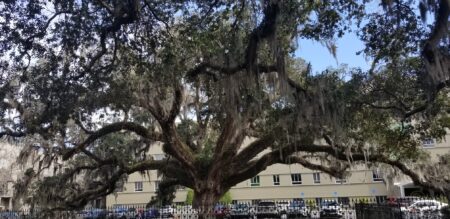
Raccoon in a Canoe
